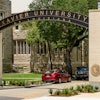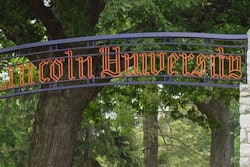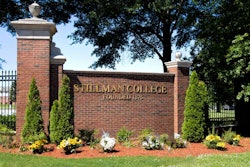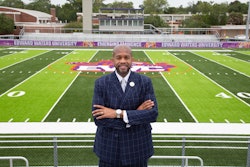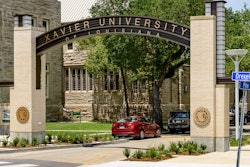Historically Black colleges and universities will receive a 14-percent increase in federal funding in the U.S. Senate’s omnibus bill following strong advocacy by U.S. Senators Kamala Harris and Doug Jones.
The increase will mean an additional $5 million in 2018 over 2017.
In addition to the increased funding for HBCUs, historically Black graduate institutions will receive a 14-percent funding increase, from $63.3 million to $72.3 million. Predominantly Black institutions will receive a boost from $9.9 million to $11.4 million.
In February, Harris, D-Calif., and Jones, D-Ala., sent a letter with 12 of their colleagues to committee chairman Roy Blunt, R-Mo., and ranking member Patty Murray, D-Wa., of the Senate Appropriations Subcommittee on Labor, Health and Human Services, Education, and Related Agencies. The letter requested that the upcoming omnibus spending bill contain a restoration and increase in federal support for HBCUs.
In addition to the funding increase, the bill contains a directive to Secretary of Education Betsy DeVos to create and execute an outreach plan to work with states and the Capital Financing Advisory Board to improve outreach to states and help additional public HBCUs participate in the program.
“HBCUs are critical to the foundation of our higher education system and provide opportunities for some of the nation’s most promising and deserving students,” said Harris. “I am pleased funds in this bipartisan budget agreement will be invested in the future of these young people. Ensuring HBCUs have the federal support and resources they need to thrive for generations to come is one of my top priorities as a proud HBCU graduate.”
Harris received a bachelor’s degree from Howard University in 1986. She and Jones, who do not sit on the committee, wrote in the letter to Blunt and Murray that even though HBCUs historically have played a significant role in educating the American public, “they have struggled financially due to having smaller endowments, less money from alumni giving and lower levels of federal investment. As a result, the infrastructure of many of these institutions has not kept pace with their growing student bodies and the demands of training students for careers in the 21st century.”



